Hot tea and mochi is always a good idea after a windy hike. I had just descended Mt. Deisan Damui on an uncharacteristically chilly day in Okinawa. Although the 230-meter high karst cone took only 20 minutes to reach, I was on all fours for the majority of the hike, balancing on loose boulders while watching out for venomous habu (pit vipers).
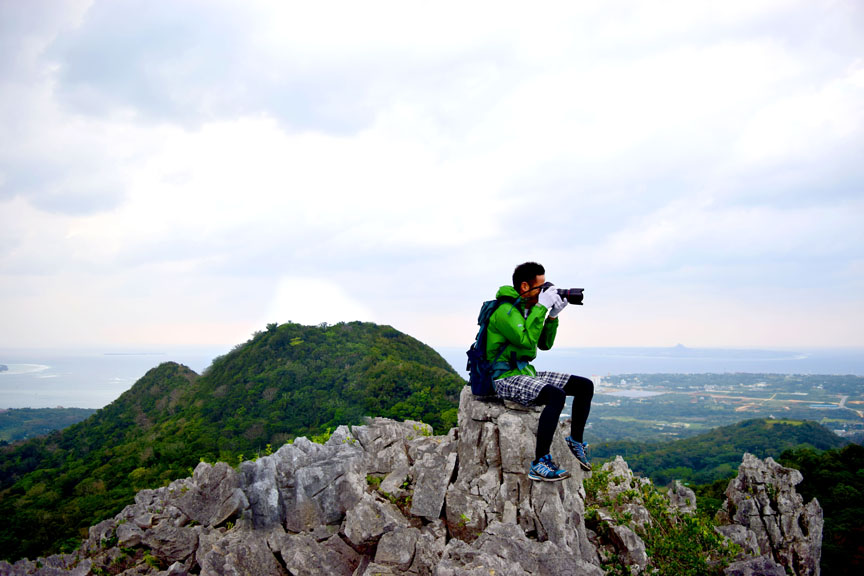
The view from the top overlooking the East China Sea was a brief, yet satisfying, reward before scampering back down the sharp ridge.
At the base, 59-year-old Kimiko Yasuda brewed tea leaves while I munched on her homemade mochi (glutinous rice) and jimaami (brown sugar peanut brittle), all locally sourced. To the untrained eye, the surrounding forest blends into one big vegetative mess, but for Kimiko, it is a fertile harvest ground.
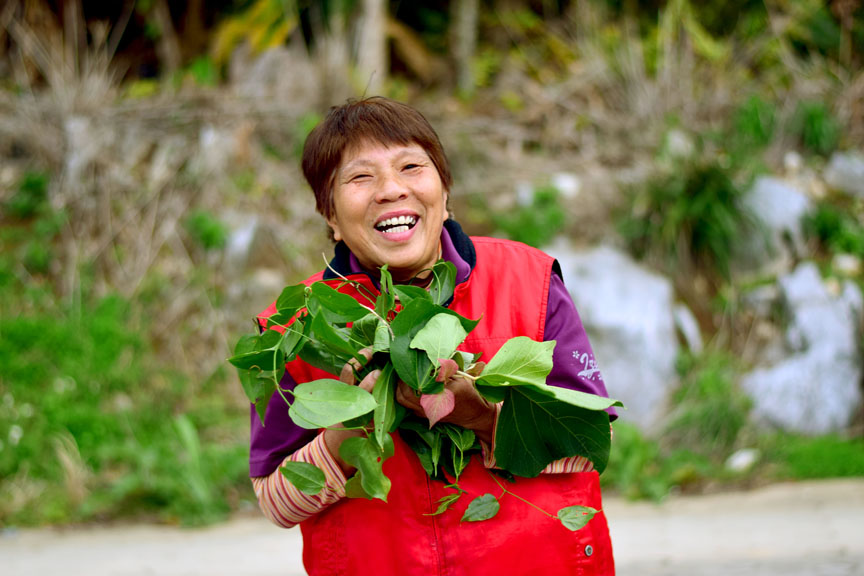
“We learned from our parents what vegetables to use for cooking, which herbs are good for the body. This is passed on from one generation to another,” Kimiko explained. Born and raised one hill away from Mt. Deisan Damui, Kimiko used to cross the jagged karst terrain barefoot to get to school. Back in the carefree ’60s, she and her friends would explore the hills and caves or go down to the beach until sundown.

Today, the children of Yanbaru don’t play outside nearly as much. They tend to stay inside, tanning themselves beneath smartphone screens instead of Okinawa’s enviable rays. Visitors usually drive up to the famous Chiraumi Aquarium, then return to their resorts in southern Okinawa. Meanwhile, plots of nature trails and snorkel spots are left untouched.
An hour drive from Naha Airport, Yanbaru in the northern part of Okinawa Island includes the fishing port town of Motobu, the farming village of Nakijin, western Nago City and neighboring Iejima Island. The land is generally flat, making for a leisurely bike ride past hibiscus bushes along the coast, narrow streets through traditional neighborhoods, such as Imadomari, and stretches of farmland with the occasional resident water buffalo.
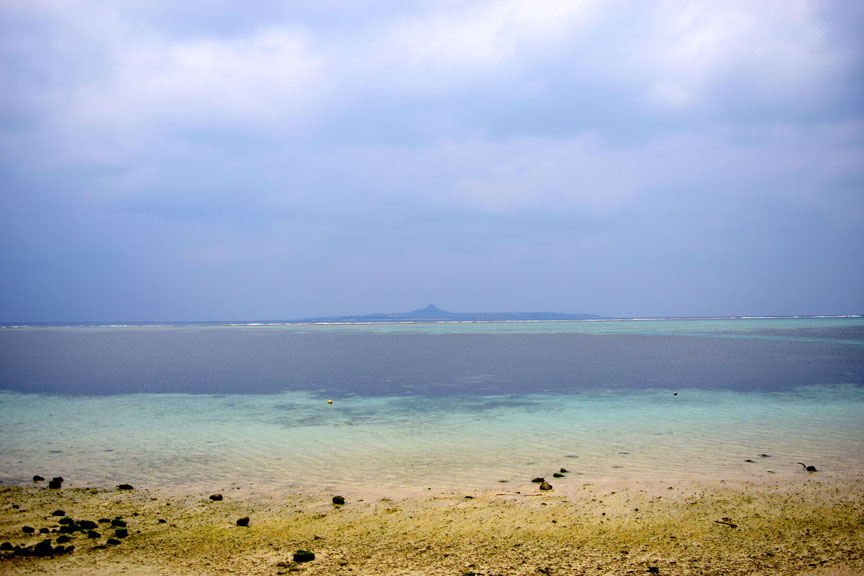
A quick look around Yanbaru will reveal Chinese-influenced architecture and traces of OKinawa’s ancient Ryukyu Kingdom. During the Gusuku Period, in the 14th century, the Hokuzan principality which controlled Okinawa, was based in Nakijin. The ruins of castle walls and gusuku (Okinawan for “fortress”) still line the hills at the World Heritage site, Nakijin Gusuku.
Unlike mainland Japan’s crammed cemeteries, Okinawa has a long-lasting tradition of honoring the dead with massive kamekobaka tombs, a family burial vault shaped like a tortoise carapace. These tombs are also found in China’s Fujian Province and across Taiwan.
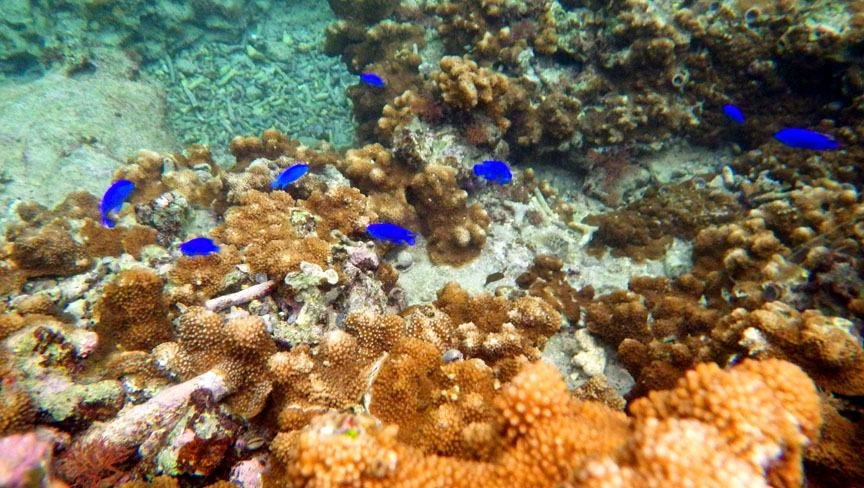
Everywhere you go, pairs of shisa statues watch you from tiled roofs and gateways. Okinawa’s iconic mythical lion dogs are said to have come from China and guard the home from evil spirits. But what’s Okinawa without the ocean? The isolated northern coast is as beautiful as the hyped-up southern resort beaches. The warm Kuroshio current, which runs through Okinawa, provides the ideal environment for about 200 types of coral, tropical fish, rays and sea turtles in crystal clear waters. During the winter (January to March), humpback whales return from the Aleutian Islands for their seasonal breeding.
Venture past the coral for kayak fishing. On a lucky day, you can catch mackerel, grouper, smelt and goat fish (mullet). It is delicious barbecued with salt and awamori, Japan’s oldest distilled liquor indigenous to Okinawa and made from long grain indica rice. Keep your arms and legs inside the kayak while fishing. Although attacks are rare, sharks can be found lurking in deep waters.
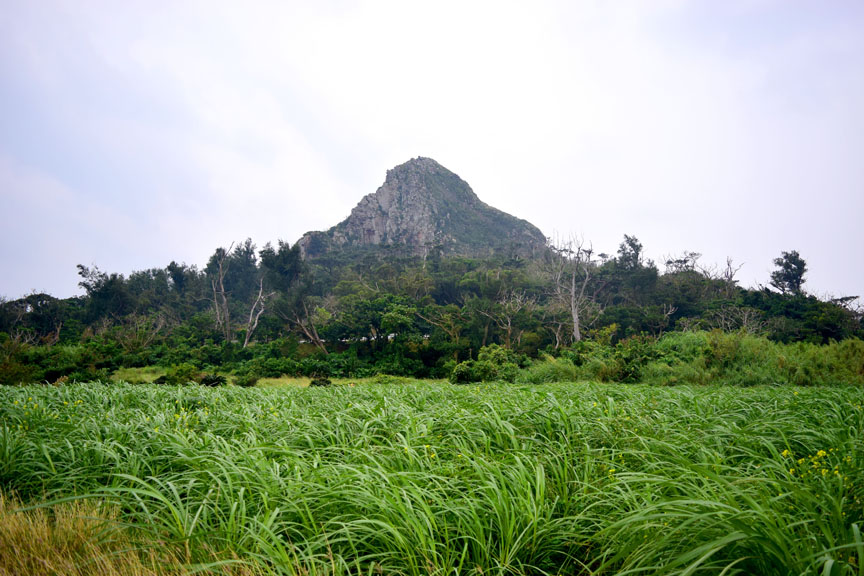
Across the western coast of Motobu is Iejima, a half-hour ferry ride from Motobu Port. This 23-square-kilometer island is made up of farmland, sugar cane and tobacco plantations, iegyu cattle ranches and a population of fewer than 5,000 residents. Mt. Gusuku, jutting out in the middle at 172 meters high, is a 10-minute ascent up steep stairs to the lookout. Cycling around Iejima is another refreshing way to take in the island vibes.

This sleepy island with its corroding concrete buildings and the aroma of burning sugar cane wafting in the air hides an unhappy history. Iejima played a major role in the war as the starting point for Japan’s surrender. In the 1950s, farmers were violently forced to give up their land by the U.S. military while being under-represented by the Japanese government and subsequently held a peaceful protest led by “Okinawa’s Gandhi,” Ahagon Shoko.
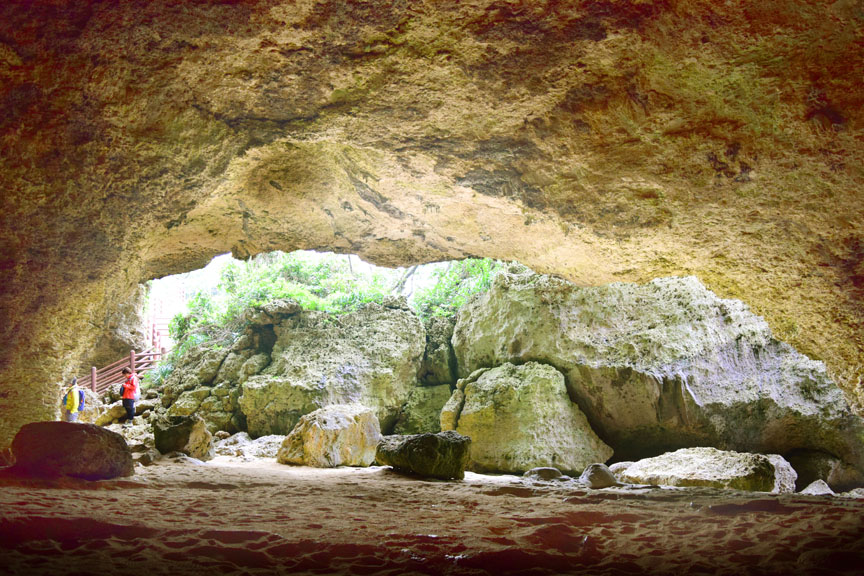
Today, Iejima receives federal funds, and the U.S. military controls the northwestern portion of the island. As I circled Iejima, I found remnants from the past such as the abandoned central airstrip and Niya Thiya Cave, where 1,000 residents successfully hid during the war.
Yanbaru is an outdoor haven longing to be appreciated by enthusiasts looking to escape the hustle and bustle of commercial tourism. The best way to tour this area is by bike to maneuver your way through old beachside communities and discover remnants of the ancient Ryukyu Kingdom.
Standard bike rentals are available at Fuku Rental Cycle at Emerald Beach for ¥1,000 per day. Road bike rentals are also available soon.




